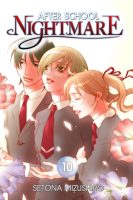 Creator: Setona Mizushiro
Creator: Setona Mizushiro
U.S. publisher: Go! Comi
ISBN: 9781933617718
Released: February 2009
Original release: 2008
Many years after reading the first volume of Setona Mizushiro’s manga series After School Nightmare, I have now read the tenth and final volume. After School Nightmare is a dark and intense psychological fantasy with strong horror elements. Despite finding the first few volumes compelling, I also found them to be challenging since many of the themes explored hit fairly close to home for me. However, while After School Nightmare continued to be unsettling, I am glad that I finally made a point to read the entire series. After School Nightmare, Volume 10 was first published in Japan in 2008. A little over a year later the tenth volume was released in English by Go! Comi in 2009. Go! Comi no longer exists as a company and so After School Nightmarish has gone and currently remains out-of-print. Sadly, that also means that the series is becoming more difficult to find with each passing year.
Mashiro has slowly come to terms with his gender identity, but it has been a struggle. His body can’t be easily defined as either male or female and although he initially made the decision to live as a man, he has since realized that may not have been the correct choice to make. Although he was always uncomfortable with who he was, in large part Mashiro started to reevaluate his self-identity when he was placed in a special after school class required to graduate. Along with several other students, Mashiro was forced to confront and share his most personal fears, anxieties, and insecurities within a literal nightmare. Mashiro’s fellow classmates, each dealing with their own traumas, are also in the position to graduate, but to accomplish that will require active change and desire on their part. Every one of the students in the class must participate in the brutal, violent nightmares if they hope to leave the agony and anguish of their old lives behind.
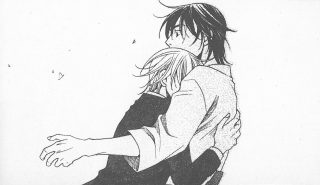 The final volume of After School Nightmare is almost impossible to discuss without spoiling the entire series—it contains a fair number of plot twists and major revelations which greatly impact the understanding and interpretation of the manga as a whole. The boundaries of birth, life, rebirth, and death are much thinner than one might expect and very closely intertwined. However, while Mizushiro leads readers down multiple dark and twisting paths over the course of the series, the true nature of the nightmares and of the school itself have been hinted at from the very beginning of the series. After School Nightmare, Volume 10 addresses many of the mysteries and answers many of the questions raised by the story and setting of the manga. In the end, there is a reason for the ominous and disquieting atmosphere and a purpose behind everything that the students have been through.
The final volume of After School Nightmare is almost impossible to discuss without spoiling the entire series—it contains a fair number of plot twists and major revelations which greatly impact the understanding and interpretation of the manga as a whole. The boundaries of birth, life, rebirth, and death are much thinner than one might expect and very closely intertwined. However, while Mizushiro leads readers down multiple dark and twisting paths over the course of the series, the true nature of the nightmares and of the school itself have been hinted at from the very beginning of the series. After School Nightmare, Volume 10 addresses many of the mysteries and answers many of the questions raised by the story and setting of the manga. In the end, there is a reason for the ominous and disquieting atmosphere and a purpose behind everything that the students have been through.
Honestly, After School Nightmare, Volume 10 leaves me feeling conflicted. In concept, I like what Mizushiro was attempting to do with the series, however I ultimately found the execution and much of the resolution to be unsatisfying. Although almost everything is explained by the end of the series, that explanation seems to effectively render meaningless all of the character development, their struggles and triumphs as they grow and overcome personal strife. I think in part After School Nightmare was intended to be uplifting or even empowering as the characters find the strength to survive. That’s certainly a legitimate interpretation, but to me it came across as exceptionally depressing as though the manga is needlessly or at least unnecessarily cruel. (And for the most part, I actually really liked the darkness of the series.) Still, I’m glad that I finally finished reading After School Nightmare. Even though I’m still working out my feelings regarding the conclusion of the series, over all I found it to be worthwhile.
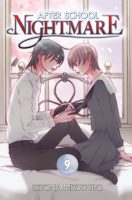
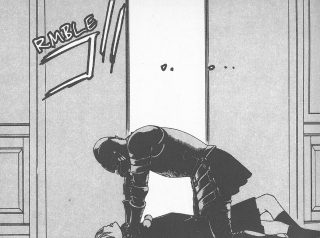
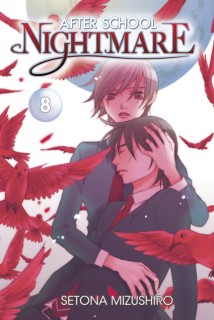
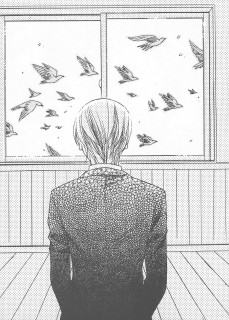
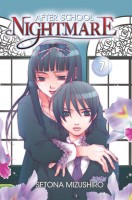
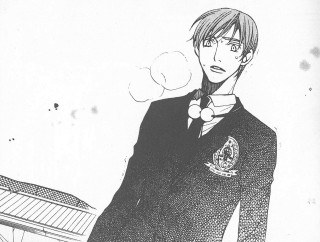
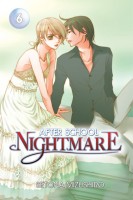
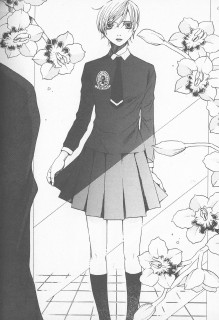
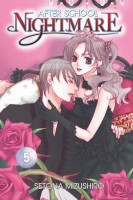
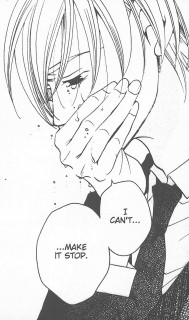
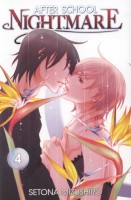
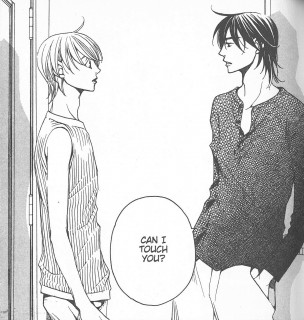
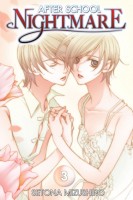
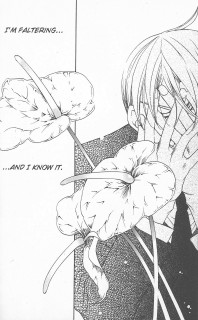
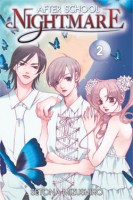
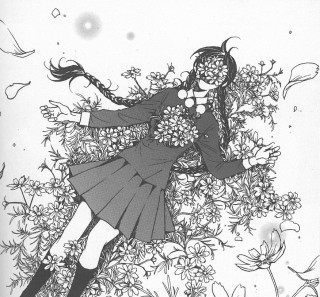
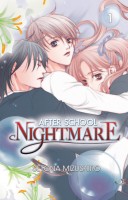
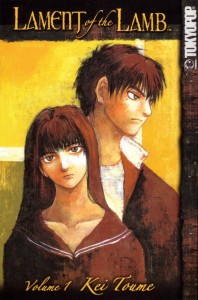
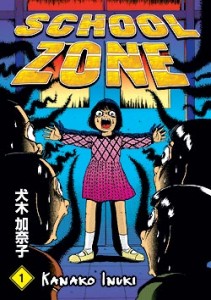
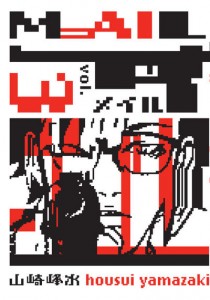

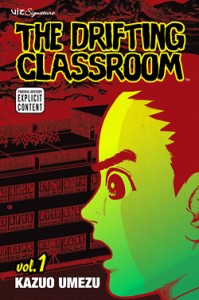
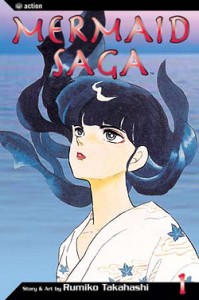
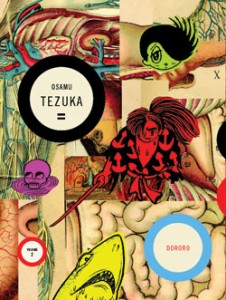
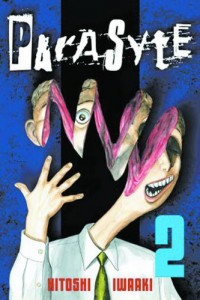

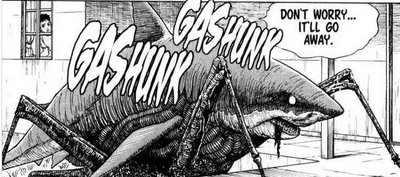










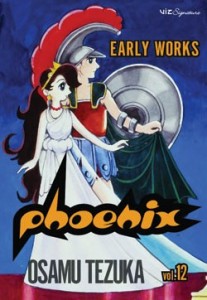 5. Phoenix: Early Years, Vol. 12
5. Phoenix: Early Years, Vol. 12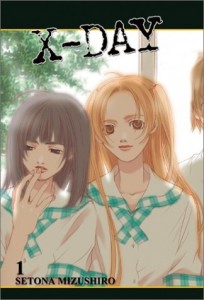 4. X-Day
4. X-Day 3. A.I. Revolution
3. A.I. Revolution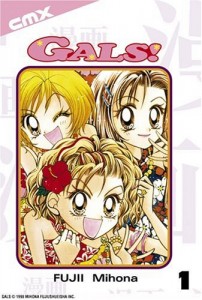 2. GALS!
2. GALS!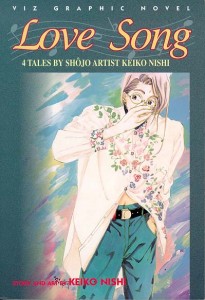 1. Love Song
1. Love Song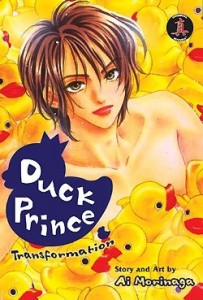 Duck Prince
Duck Prince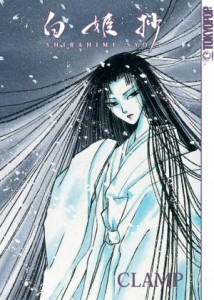 Shirahime-Syo: Snow Goddess Tales
Shirahime-Syo: Snow Goddess Tales
 5. PHOENIX, VOL. 12: EARLY WORKS
5. PHOENIX, VOL. 12: EARLY WORKS 4. X-DAY
4. X-DAY 3. A.I. REVOLUTION
3. A.I. REVOLUTION 2. GALS!
2. GALS! 1. LOVE SONG
1. LOVE SONG DUCK PRINCE (Ai Morinaga • CMP • 3 volumes, suspended)
DUCK PRINCE (Ai Morinaga • CMP • 3 volumes, suspended) SHIRAHIME-SYO: SNOW GODDESS TALES (CLAMP • Tokyopop • 1 volume)
SHIRAHIME-SYO: SNOW GODDESS TALES (CLAMP • Tokyopop • 1 volume)
 10. THE DREAMING
10. THE DREAMING 9. OFF*BEAT
9. OFF*BEAT 8. BLUE MONDAY
8. BLUE MONDAY 7. JAPAN AI: A TALL GIRL’S ADVENTURES IN JAPAN
7. JAPAN AI: A TALL GIRL’S ADVENTURES IN JAPAN 6. EMPOWERED
6. EMPOWERED 5. 12 DAYS
5. 12 DAYS 4. KING CITY
4. KING CITY 3. YOKAIDEN
3. YOKAIDEN 2. NIGHTSCHOOL: THE WEIRN BOOKS
2. NIGHTSCHOOL: THE WEIRN BOOKS 1. SCOTT PILGRIM
1. SCOTT PILGRIM